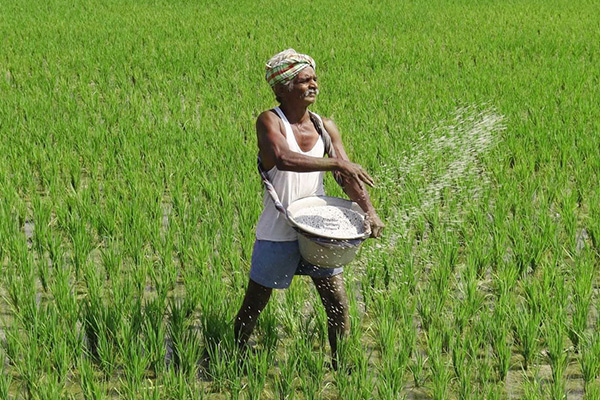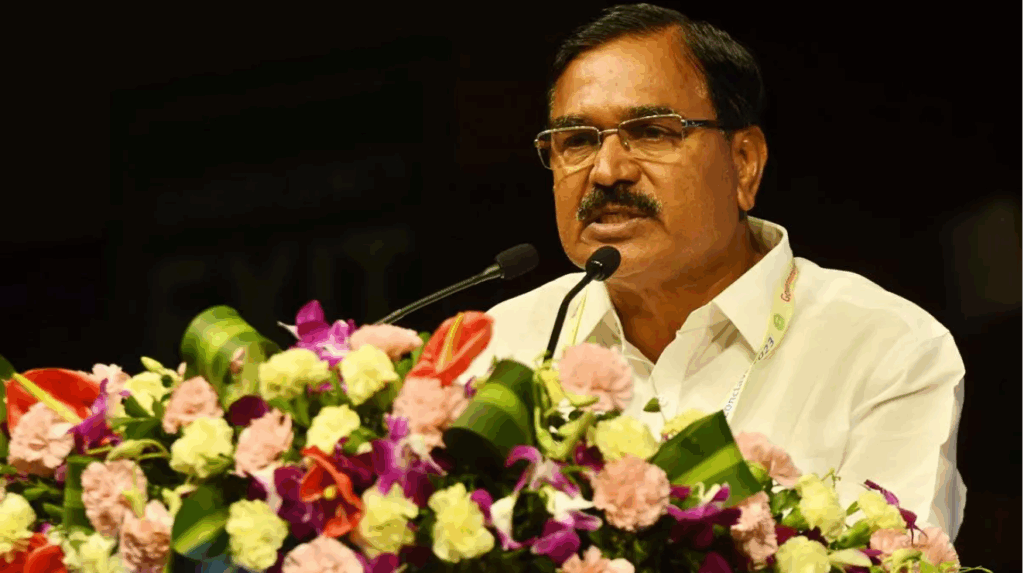
Featured in BusinessLine
It requires solutions focussing on grass-roots level interventions and innovations.
The success of any industry depends on steady access to three important factors: adequate and affordable capital, free and fair markets and the latest technology. These factors remain a challenging proposition for India’s agricultural sector and the disparity is glaring in the numbers. While close to half of the working population depends on agriculture for livelihood, the sector only contributes to 17 per cent of India’s GDP, owing to fragmented holdings, low productivity, uneven deployment of technology and inefficient markets, among others. The situation is such that a majority of agricultural households heavily depend on non-farm income sources.
According to a PWC report, the level of farm mechanisation in India ranges from 40–45 per cent, which is low compared to that of developed economies, where mechanisation has topped 90 per cent. This economic, social and technological disparity in the agriculture sector can be transformed through a new technology empowered approach.
Sustainable Practices
In today’s time, agriculture is undergoing a technological revolution, supported by policy-makers across the world. The term “Agriculture 4.0” represents this trend and the use of artificial intelligence, robotics, digitisation and internet of things (IoT) across the entire agriculture value chain. Thus, Agriculture 4.0 aims to enable technology-assisted sustainable farming practices, precision farming, and the use of big data to drive greater business efficiencies in the face of rising populations and climate change.
In line with this global trend, the agriculture sector in India has also witnessed interventions by both public and private actors that are focused on integrating technology in agriculture value chains. One such example is e-NAM, introduced by the government with the objective to integrate markets across the country through a common online market platform. Similar technology-led interventions and the challenges in implementing them have highlighted the need for a bottoms-up and collaborative approach for technological integration.
Given the unique underlying conditions of Indian agriculture, especially the predominance of smallholders (86 per cent of holdings are either small or marginal), we will have to adapt global models to local situations and challenges. Thus, the journey towards Agri 4.0 in India requires solutions focusing on grass-roots level interventions and innovations. Fragmented supply chains for credit, inputs as well for marketing of produce, have led to skewed distribution of value generated in agriculture. On an average, the primary producer receives barely a third of the consumer price of agriculture goods. Inefficiencies and information asymmetry characterise most factor markets in agriculture. The Open Agri Network seeks to address this gap and enable a smooth journey towards Agri 4.0 in India.
‘Tap to access’ format
An Open-agri network aims to connect farmer producer organisations (FPOs), farmers, traders, input suppliers, government authorities and the end consumers. For instance, farmers will be able to find competitively priced credit, inputs and the best prices for their harvest through a “tap to access” digital format as part of the service suite on the network. These networks will enable big data insights, digital market linkages, and effective information dissemination across the board which leads to increased transparency, profitability and sustainability throughout the value chain. However, for the Open-agri network to be effective, it must be accessible to all and collaborative from the ground up. A successful agri-network will serve as the foundational step to develop a blockchain of the Agri chain contacts, based on the principles of transparency, decentralisation and access to all.
Open-agri networks that are based on these principles and developed by market players have the capability to enable quicker implementation and scalability. Private actors along with policy support by the government can cover ground at a faster pace, by utilising knowledge sharing, quick capital and bypassing the bureaucratic hurdles faced by public actors. The democratization of data and its access will also enable transparency and foster trust amongst all beneficiaries. A collaborative initiative by all public and private actors to develop a pan India Open-agri Network will be the perfect stepping stone towards an Agri 4.0 bespoke for the Indian farmers.
About the Author

Pravesh Sharma – Director, Samunnati Agro
Pravesh Sharma joined the Board of Samunnati Agro in May 2021. He is the founder-CEO of Kamatan, an agri-tech start-up launched in 2018 to create an inclusive supply chain by integrating farmers with markets.



